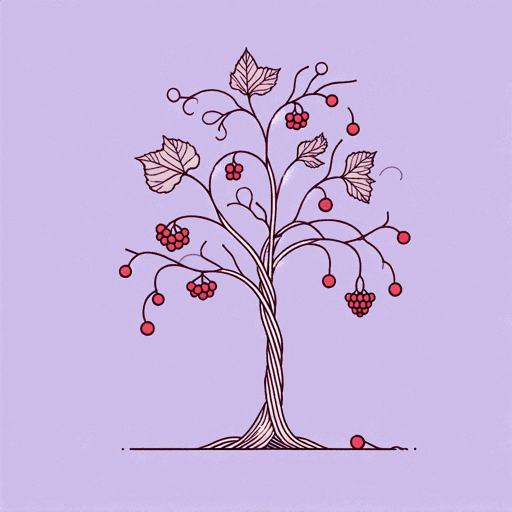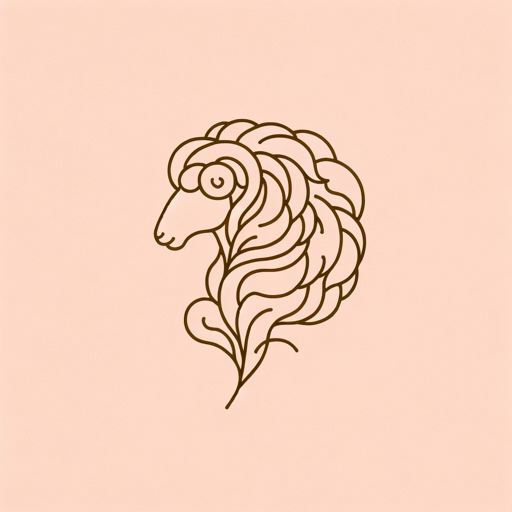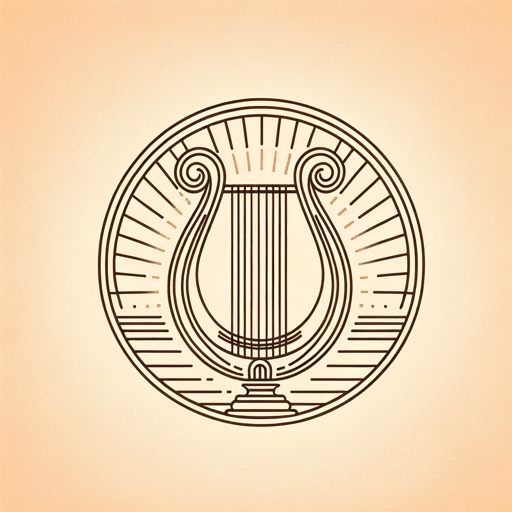20 pages • 40 minutes read
OvidPyramus and Thisbe
Fiction | Poem | Adult | Published in 8A modern alternative to SparkNotes and CliffsNotes, SuperSummary offers high-quality Study Guides with detailed chapter summaries and analysis of major themes, characters, and more.
Poem Analysis
Analysis: “Pyramus and Thisbe”
Before delving into the action of the story proper, it is useful to consider the narrative framework of “Pyramus and Thisbe.” The poem is an inset narrative: a story within a story. Book 4 of the Metamorphoses opens not in Pyramus and Thisbe’s hometown of Babylon, but in the Greek city of Thebes, where the impious daughters of Minyas are shirking worship of the god Bacchus (Lines 1-54). As the sisters weave, they tell stories to entertain each other; the first (unnamed) daughter covers “Pyramus and Thisbe.” Thus the poem is narrated not by Ovid, but rather by one of his characters—an important distinction to make. “Pyramus and Thisbe” is not (necessarily) to be read in Ovid’s voice. Rather, the author is one step removed; he mediates the tale through the voice of a female character. Ovid is fond of this sort of framing device. He also does not shy away from imagining the experience of women: His collection of epistolary poetry, the Heroides, is narrated from the perspective of mythological heroines writing letters to their absent lovers.
As the daughter of Minyas ponders which story to “weave” for her sisters, Ovid slips in another important detail.
Related Titles
By Ovid




